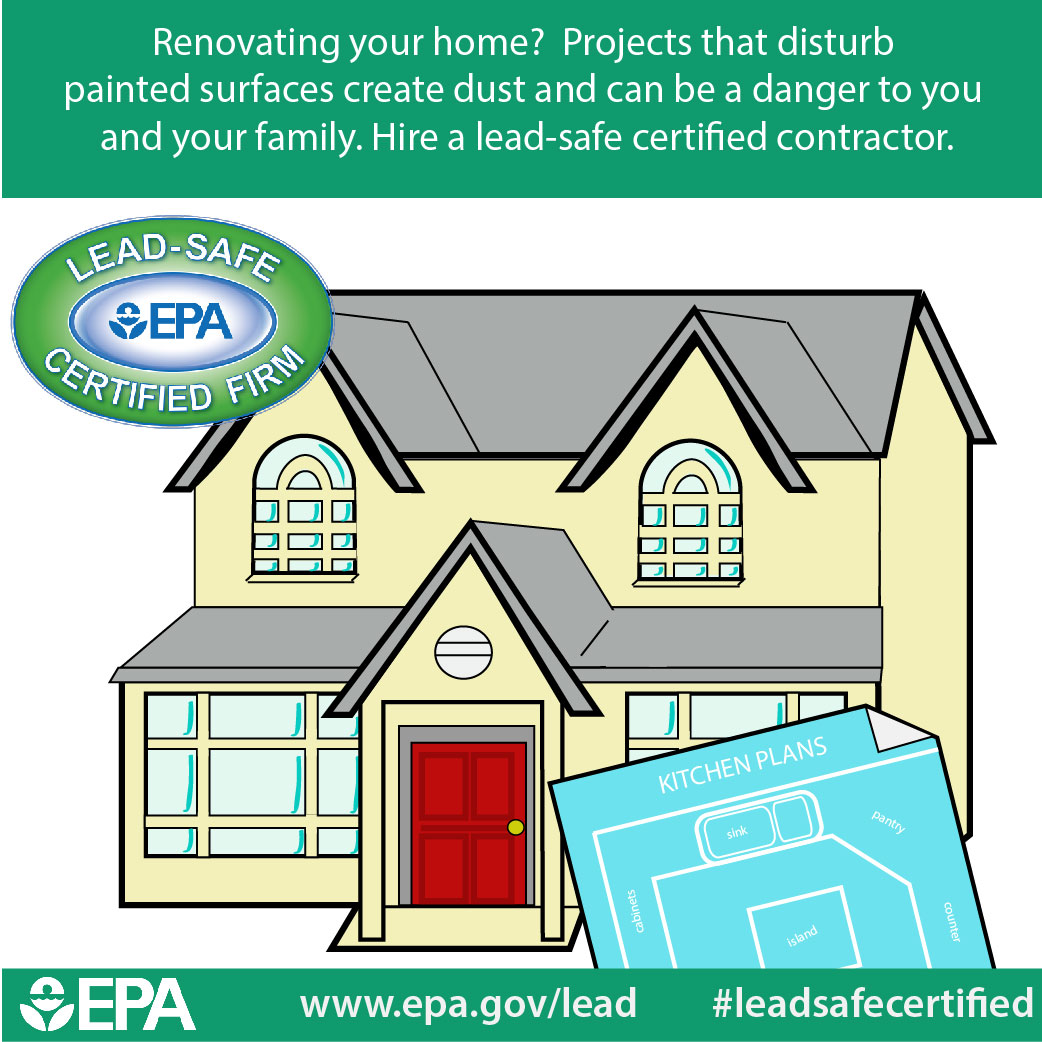The Influence Of Climate On Outdoor House Paint And Strategies To Mitigate Its Impacts
The Influence Of Climate On Outdoor House Paint And Strategies To Mitigate Its Impacts
Blog Article
Published By-Moos Boisen
When you're intending to repaint the exterior of your home, you could not understand just how much the climate can affect your task. paint color wheel can modify drying times and bond, while moisture levels can bring about a less-than-perfect coating. You'll would like to know the very best practices for selecting the right day and preparing your surfaces to ensure a successful result. But what do you do when the projection isn't complying? There are methods you can implement to navigate these challenges efficiently. Allow's discover stucco painting services of those alternatives.
Results of Temperature on Paint
Temperature level plays a vital function in the success of your paint project. When you're planning to paint, go for temperatures in between 50 ° F and 85 ° F. If it's also cold, paint mightn't adhere effectively or can take longer to dry.
On the other hand, when it's too hot, your paint can dry out as well quickly, leading to unpleasant brush marks or unequal finishes.
Also, think about the surface temperature of the area you're repainting. Direct sunshine can heat surface areas substantially, causing paint to sore or peel. It's finest to work in shaded locations or throughout cooler parts of the day, like morning or late afternoon.
Additionally, rising and fall temperature levels can create challenges. If you're repainting at night when temperature levels go down, be aware that the colder air can impact exactly how the paint cures.
You wish to avoid paint in problems where temperature levels go down listed below the maker's recommended variety, as this can endanger the integrity of your job.
Effect of Humidity Degrees
Understanding moisture levels is vital when planning your paint job, as they can dramatically impact the final results. house painters chapel hill nc can reduce the drying out process of your paint, creating it to continue to be ugly and susceptible to smudging. If the air is too moist, you could observe paint not sticking appropriately, resulting in peeling or bubbling later on.
On the flip side, reduced humidity can additionally pose problems. When the air is as well dry, paint might dry out also quickly, stopping proper adhesion and potentially leading to a harsh surface.
Preferably, you want to aim for moisture degrees between 40% and 70% for the best paint conditions.
To deal with humidity problems, you can select the right time of year for your task. Late spring and early loss typically use one of the most desirable conditions. In addition, think about utilizing paints especially developed for high humidity if you're painting in a moist environment.
Always check the manufacturer's recommendations for optimal problems to guarantee a flawless coating. By bearing in mind humidity, you'll set yourself up for an effective external painting experience.
Taking care of Rainfall and Wind
When preparing your paint project, it's essential to watch on the weather report, particularly for rain and wind. Both can significantly impact the top quality and long life of your paint task.
Rainfall can remove fresh applied paint, bring about drips and uneven insurance coverage, while solid winds can carry dust and debris, developing an abrasive coating or triggering paint to completely dry also quickly.
To take on these obstacles, take into consideration scheduling your job throughout a stretch of completely dry, calm days. If rainfall is in the projection, try to complete the task in the morning, giving your paint adequate time to completely dry before any kind of rainfall strikes.
Always inspect the moisture levels, as they can increase the likelihood of rainfall.
If you can not avoid paint on a gusty day, utilize a paint sprayer with a windscreen, or choose a brush to lessen overspray.
Maintain a tarpaulin or plastic sheeting convenient to protect your work area from unexpected showers.
Finally, if rain does catch you off-guard, be prepared to cover your coloured surface areas swiftly to avoid damage.
Conclusion
In conclusion, weather plays a critical duty in outside home painting, influencing whatever from drying times to finish quality. By selecting the ideal temperature levels and moisture degrees, and being gotten ready for unforeseen rain or wind, you can make certain an effective paint task. Keep in mind to prepare your job carefully and follow the manufacturer's standards. With the right preventative measures, you'll attain a smooth, sturdy finish that enhances your home's aesthetic charm, no matter the climate.
